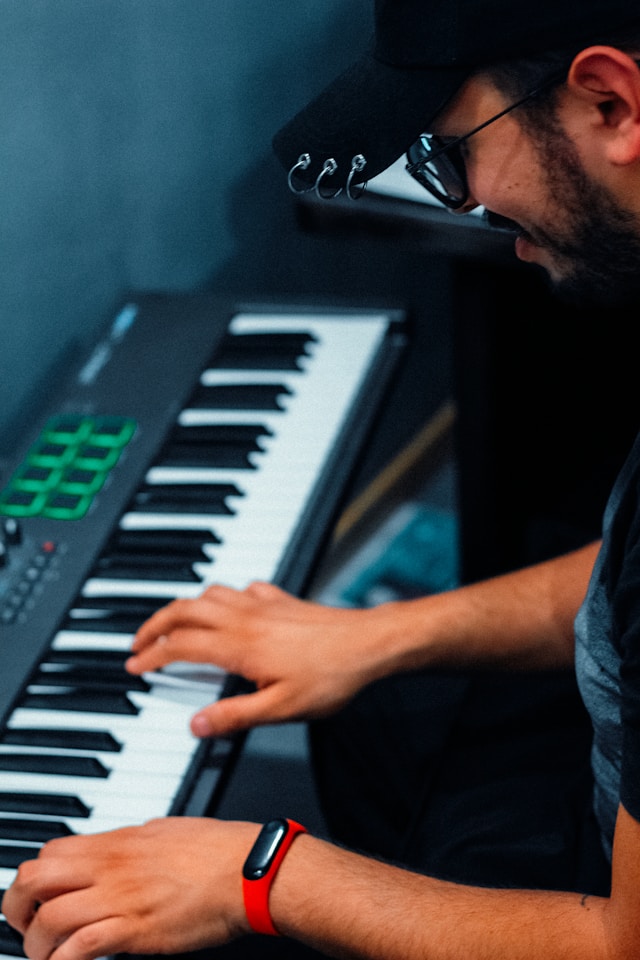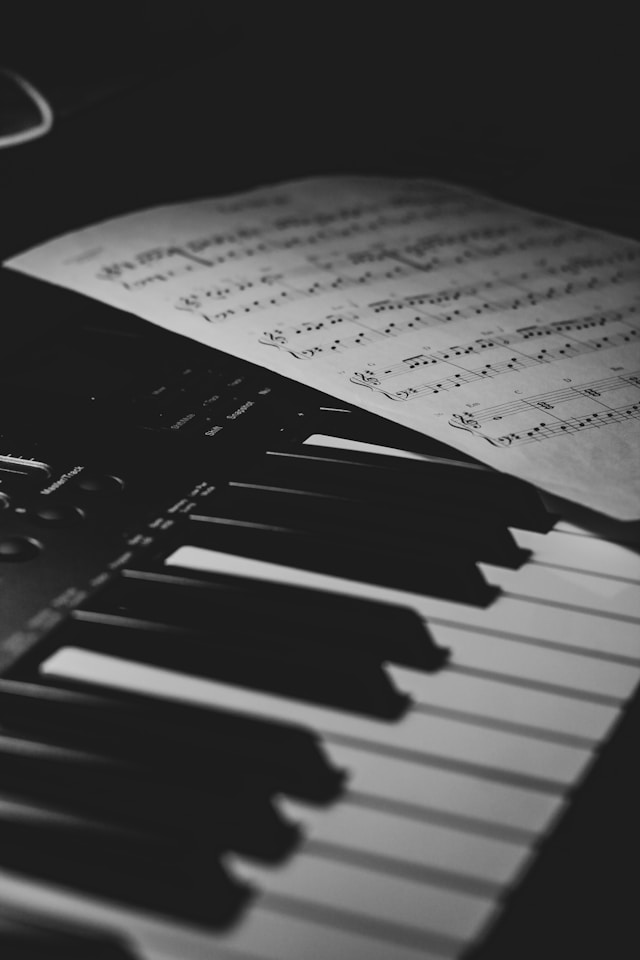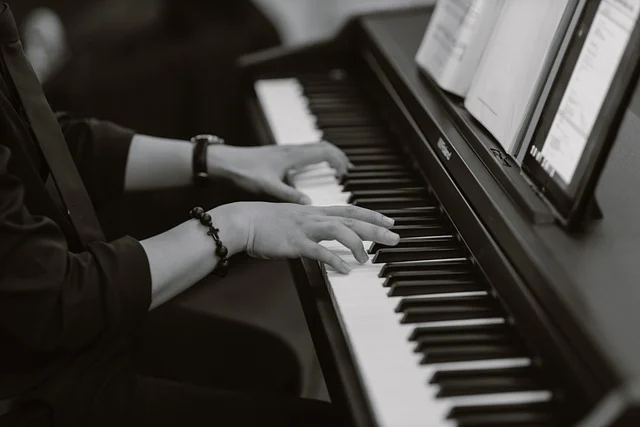Piano Lessons Tutorial: Welcome to your beginner’s guide to piano lessons. This extensive tutorial will cover everything from understanding the keyboard layout to playing your first piece. Playing the piano involves understanding the instrument’s mechanics, learning to read music, and developing hand coordination. This tutorial aims to set a solid foundation for your musical journey.
Understanding the Keyboard Layout
Identify the Keys: A standard piano keyboard consists of 88 keys, including both white and black keys. The white keys represent natural tones (C, D, E, F, G, A, B), while the black keys are used for sharp or flat notes. The black keys are grouped in twos and threes, and these groups help you navigate the keyboard.
Locate Middle C: Middle C is the piano’s central reference point. It is near the middle of the keyboard, to the left of the two black keys in one of these groups. Middle C is crucial because it is often where beginners start when learning to read music.
Basic Piano Techniques
Correct Posture: Good posture is essential for playing the piano effectively. Sit on the bench with your feet flat on the floor. Keep your back straight and allow your arms to hang loosely from your shoulders. Your elbows should be slightly forward of your body.


Finger Placement: Place your fingers on the keys with relaxed, naturally curved fingers. Each finger should press down on the keys with gentle force. Avoid stiff or flat fingers to prevent strain and facilitate smoother playing.
Reading Piano Music
Understand the Staff: Piano music is written on a grand staff, including a treble and bass clef. The treble clef contains notes played with the right hand, while the bass clef has notes for the left hand. Each line and space on the staff corresponds to a specific note.
Learn Musical Notation: Musical notation includes various symbols that indicate which notes to play and how long to hold them. Familiarize yourself with whole notes, half notes, quarter notes, and eighth notes, as well as rests, which indicate silence.
Playing Simple Melodies
Start with Simple Songs: Begin your practical experience by learning simple songs. “Twinkle Twinkle Little Star” is an excellent piece for beginners. Focus on playing slowly and accurately.
Practice Scales: Scales are notes played in ascending and descending order. Practicing scales improves finger strength and agility, which is essential for playing more complex pieces later.
Advanced Techniques
Incorporate Pedals: The sustain pedal, located on the right, helps prolong the sound of the notes played. Press the pedal while playing a note to hear how it changes the sound.
Explore Dynamics: Dynamics refers to the volume of the music. Play around with playing softly (piano) and loudly (forte) to express different emotions in your music.


Practice Tips
Set Regular Practice Times: Consistency is vital when learning to play the piano. Aim to practice for at least 30 minutes each day. As you progress, you can extend your practice sessions.
Use a Metronome: A metronome can help you keep a consistent tempo. Start slow and increase the tempo as you become more comfortable with the pieces you practice.
Conclusion
Learning to play the piano is a rewarding journey that requires patience and practice. Following this tutorial, I will develop a solid foundation in piano playing. Remember, the key to mastering the piano is consistent practice and a willingness to challenge yourself with new pieces and techniques. Enjoy the musical journey ahead!
This guide aims to provide you with a thorough understanding of the basics of piano playing, setting you up for continued learning and enjoyment.
